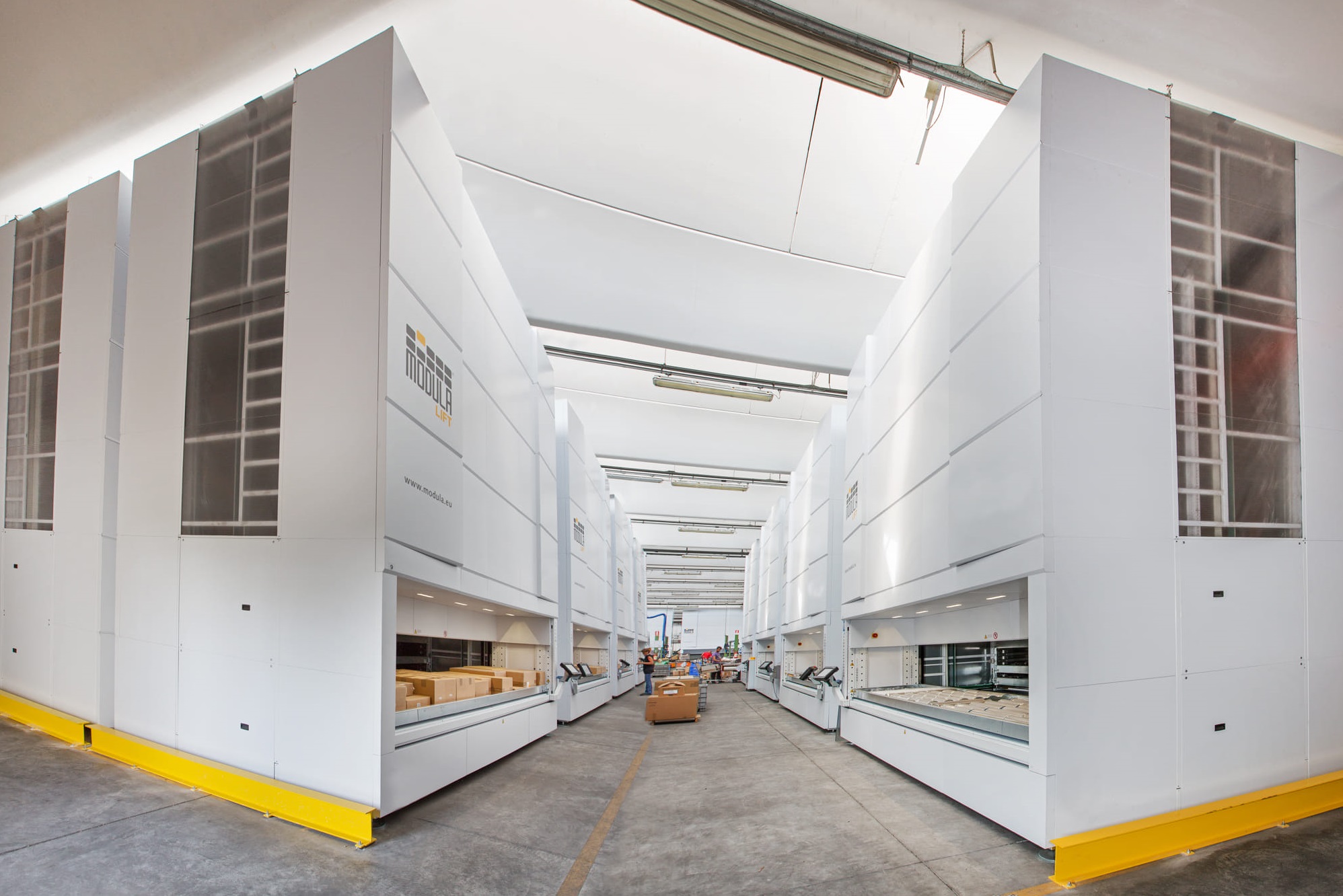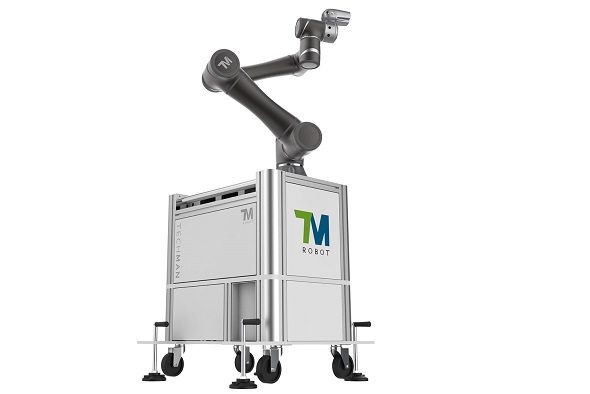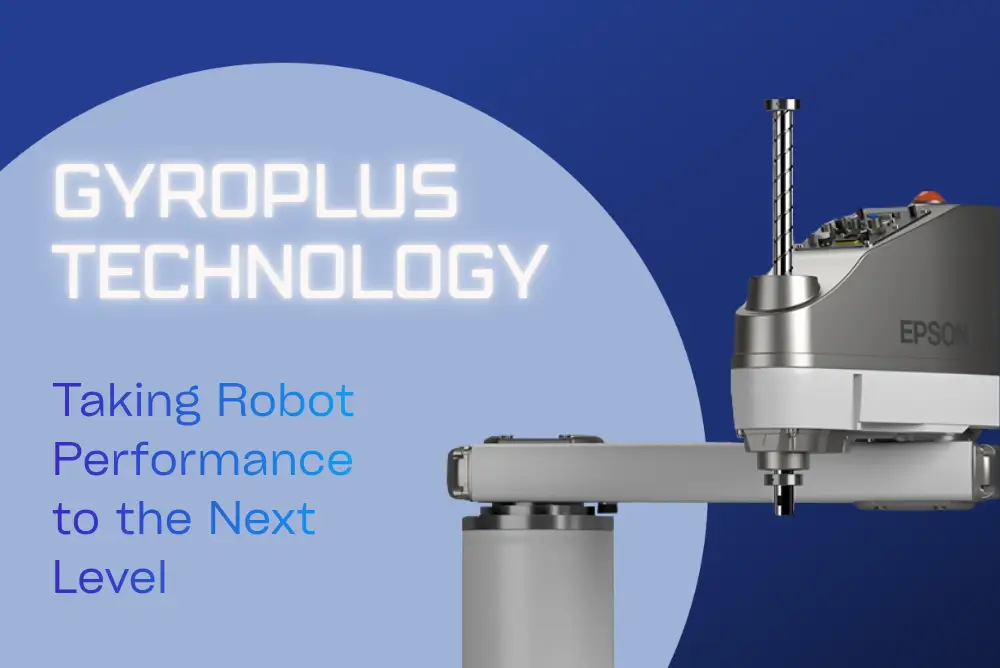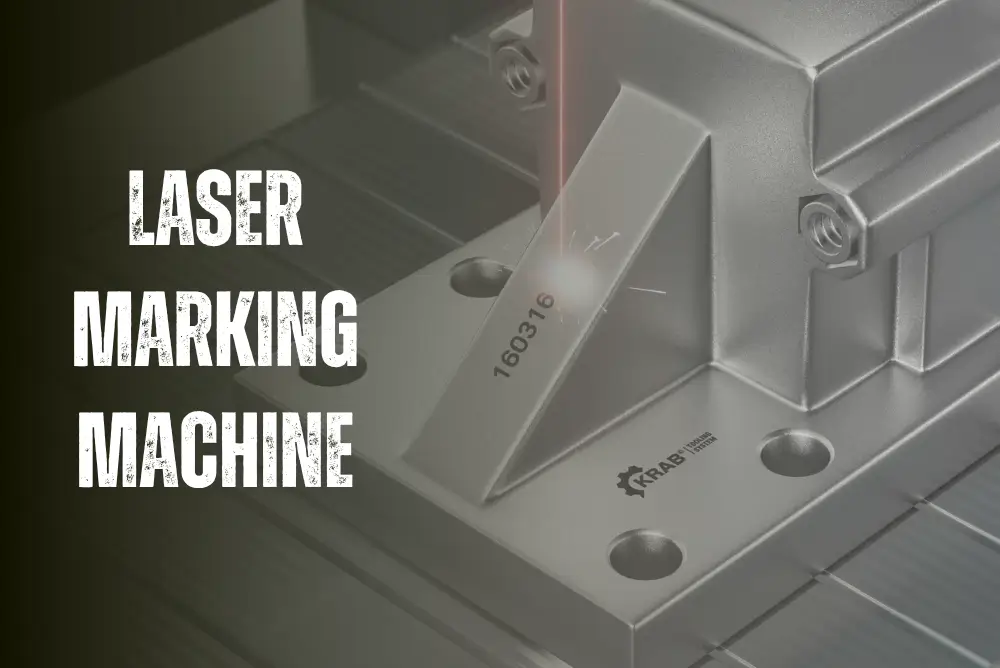 Contents
Contents
What Is a Humanoid Robot?
A humanoid robot is designed to replicate human motions and behaviors. This type of robot features human-like body parts—such as legs, arms, a torso, and a head—and can perform complex and skillful tasks such as climbing stairs, running, grasping objects, moving items, loading or unloading small goods, and interacting naturally with humans.
How Humanoid Robots Work
A humanoid robot combines mechanical systems (to simulate human form and motion) and advanced technologies such as artificial intelligence, optimized software, and sensors, enabling it to perform specialized tasks beyond the capabilities of industrial or collaborative robots.
By leveraging AI models, humanoid robots can learn and adapt quickly. They are capable of analyzing their surroundings, recognizing contexts, and making autonomous decisions without the need for step-by-step manual programming.
Typically equipped with various sensors, cameras, and AI systems, humanoid robots can perceive, interpret, and respond intelligently to their environment, allowing them to operate effectively in human-centered settings.
After a rigorous training and optimization process, AI models and software frameworks are integrated into the robot. The synergy of chips, AI algorithms, actuators, and precision sensors allows humanoid robots to perform a wide variety of complex and dynamic tasks with exceptional flexibility.
Training a Humanoid Robot
Humanoid robots are first trained in virtual environments before being deployed in real-world scenarios. Once trained, they can walk on two legs, manipulate objects, and even engage in social interactions.
A humanoid robot being trained in a virtual environment (image from Techman robot)
Developers utilize an optimized software platform that includes:
- Data ingestion and processing pipeline: Robots collect massive datasets—including images, position data, forces, speeds, sensor readings, and task feedback—which are then analyzed and standardized. For example, when learning to grasp a water bottle, the robot records thousands of grip attempts, measuring finger pressure, wrist angle, and object shape to identify the most effective grasping patterns for AI training.
- Training frameworks: AI tools such as TensorFlow, PyTorch, or RLlib are used to “teach” robots how to learn and make decisions.
- Containerized microservices: Each microservice performs a specific function—for instance, one handles image data processing while another evaluates robot performance. These services are packaged (e.g., using Docker) for easy deployment, updates, and scalability.
Training often involves digital twin technology, where a precise virtual replica of the real world allows the robot to learn movements, grasping, balancing, and collision avoidance safely—without physical damage.
This method enables parallel training of multiple models, significantly reducing development time. Engineers can introduce noise or environmental variations in simulation to enrich the robot’s experiential dataset and improve its learning. Once refined in simulation, trained models are deployed to physical robots, and in some cases, learning continues during real-world operation.
(image from Techman robot)
Key Training Techniques for Humanoid Robots:
- Machine Learning: Algorithms enable robots to analyze data, learn from past actions, and process sensor inputs to make accurate decisions—allowing them to become smarter over time without explicit reprogramming.
- Imitation Learning: RRobots acquire new skills by replicating human movements captured via sensors or cameras. These are converted into control commands that reproduce the observed actions. This technique is particularly effective for teaching delicate and complex tasks that are difficult to program traditionally.
- Reinforcement Learning: The algorithm rewards correct actions and penalizes mistakes. Through trial and error, the robot gradually optimizes its performance and decision-making efficiency.
Safety Functions in Humanoid Robots
To ensure safe human collaboration, humanoid robots must comply with multiple safety standards and mechanisms.
- Traditional functional safety: Ensures reliable design and operation of hardware and software without posing harm to humans or the environment.
- Robotics safety: Includes emergency stop and protective stop functions to prevent accidents.
- Human–machine collaborative safety: Enables the robot to detect and respond appropriately to human presence and movement.
- Sensor safety: Verifies the accuracy and reliability of sensors, ensuring correct environmental perception.
- AI safety: Monitors algorithms to ensure they are properly designed and free from risk-inducing behaviors.
Existing standards such as IEC 61508, ISO 13849, and ANSI/RIA R15.606 define traditional and robotic safety requirements. Meanwhile, new standards like ISO/IEC TS 22440 on AI safety and an IEEE working group are under development to establish humanoid robot–specific safety frameworks.
Benefits of Humanoid Robots
The goal of humanoid robots is to function efficiently in environments designed for humans, delivering significant advantages in warehousing, logistics, retail, healthcare, and service sectors.
- Human-Robot Interaction: Their human-like structure allows direct collaboration with people across diverse tasks.
- Versatility and Adaptability: They can use tools and infrastructure originally designed for humans.
- Productivity: Humanoid robots accelerate repetitive operations by sharing the same workspace with human workers.
- Enhanced Safety: They take on hazardous or physically demanding jobs, reducing workplace injuries and human exposure to dangerous conditions—such as in factories or disaster zones.
Applications of Humanoid Robots
Although most current applications remain in research and development (R&D), the potential for humanoid robots to augment human labor is vast across sectors such as healthcare, home assistance, and customer service.
Manufacturing
Humanoid robots can support automation and human workers in factories. With Degrees of Freedom (DOF) comparable to human flexibility, they can handle components, assist assembly lines, perform repetitive or heavy tasks, and even conduct inspection and maintenance.
Warehouse and Logistics
They can perform tasks like picking, packing, receiving, and inventory management, especially when delicate handling is required. They can collaborate with collaborative robots (cobots) or autonomous mobile robots (AMRs), and work directly alongside humans.
Healthcare
Humanoid robots are expected to support medical personnel, improve patient care, and assist in surgical or rehabilitation procedures.
Home Assistants
They can serve as household helpers—cleaning, cooking, and doing laundry. With Natural Language Processing (NLP) and Machine Learning, they can communicate, learn user habits, and adapt to personal preferences.
Customer Service
In retail stores, airports, hotels, or shopping centers, humanoid robots can provide information, give directions, and deliver or retrieve items for customers.
Challenges in Developing Humanoid Robots
High Investment and Maintenance Costs
Designing humanoid robots involves precision components—sensors, actuators, controllers, batteries, and lightweight yet durable materials—resulting in high production and maintenance costs. Premature investment before the technology matures can lead to significant financial losses.
Limited Training Data
AI training requires vast datasets. The subtlety of human motion and complexity of real environments make data collection and labeling extremely challenging.
Design Complexity
A humanoid robot must be lightweight, agile, and durable. Control systems must manage balance and bipedal coordination, while actuators and sensors must precisely replicate human dexterity.
Additionally, onboard computing must be compact yet powerful enough to run advanced AI models with minimal latency.
Energy Efficiency
Battery size is limited, so robots must operate with optimal energy efficiency to maximize runtime.
Degrees of Freedom
More DOF means greater human-like flexibility and adaptability—but also increases the complexity of mechanical and control coordination.
Comparison Between Humanoid Robots and Cobots
Both humanoid robots and cobots share the goal of assisting humans—but their approaches and applications differ significantly.
Humanoid robots are designed to mimic human form, movement, and adaptability, suitable for complex, research-oriented, service, or social interaction tasks—such as walking, grasping, climbing stairs, or communicating.
Cobots, on the other hand, are a more practical solution for smart factories. They are built to collaborate directly with humans in production environments, handling repetitive or precision-demanding tasks like assembly, quality inspection, or packaging.
While humanoid robots require complex control systems, continuous human supervision, and incur high costs due to their mechanical and software sophistication, cobots are now highly optimized for industrial deployment. For example, Techman Cobot features intuitive drag-and-drop programming interfaces, direct hand-guided teaching, high automation levels, and cost-effective implementation.
When choosing between a collaborative robot (cobot) and a humanoid robot, businesses should clearly define their automation goals and operational needs. By carefully assessing production requirements and weighing the strengths and limitations of each type, companies can select the most suitable technology to optimize automation, enhance productivity, and achieve long-term business value.
As the authorized distributor of Techman in Vietnam, Temas provides AI Cobots and comprehensive automation solutions across various manufacturing sectors.
Contact Temas today for a free consultation and to design the optimal robotic solution for your factory.
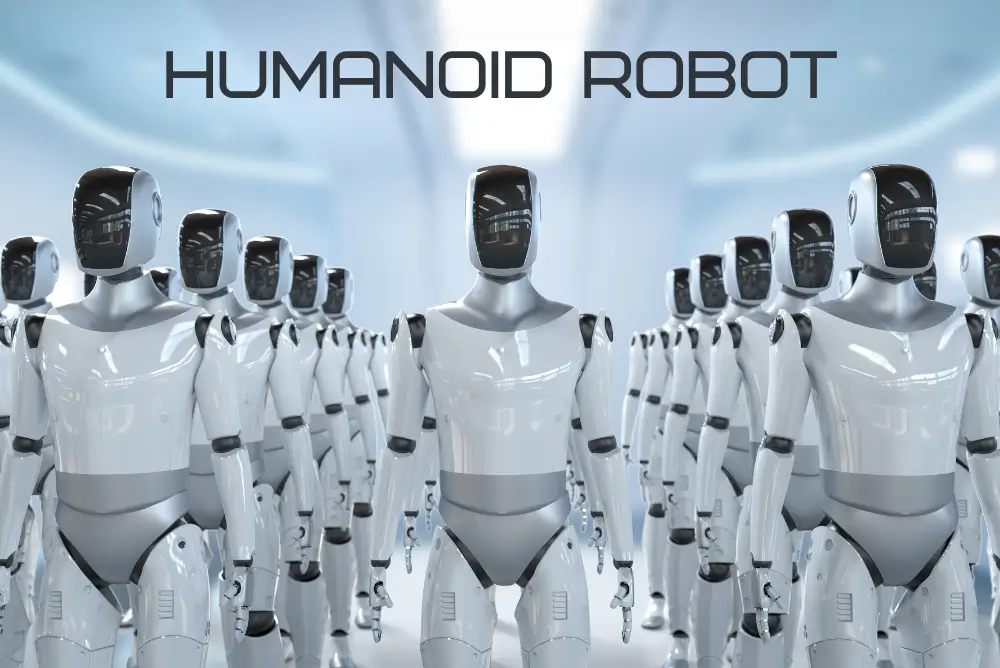

 Read more
Read more
